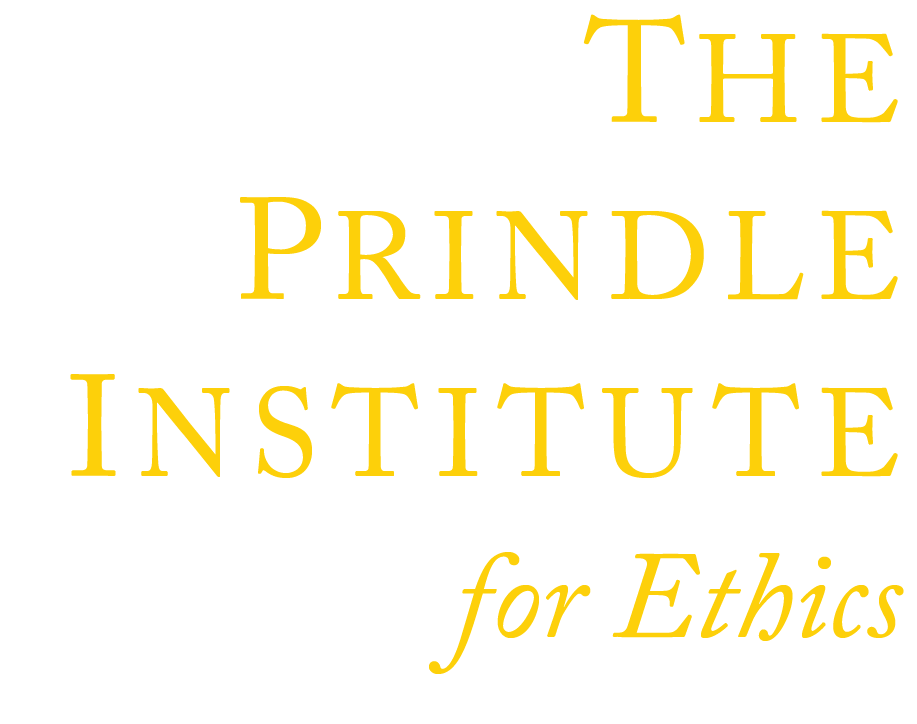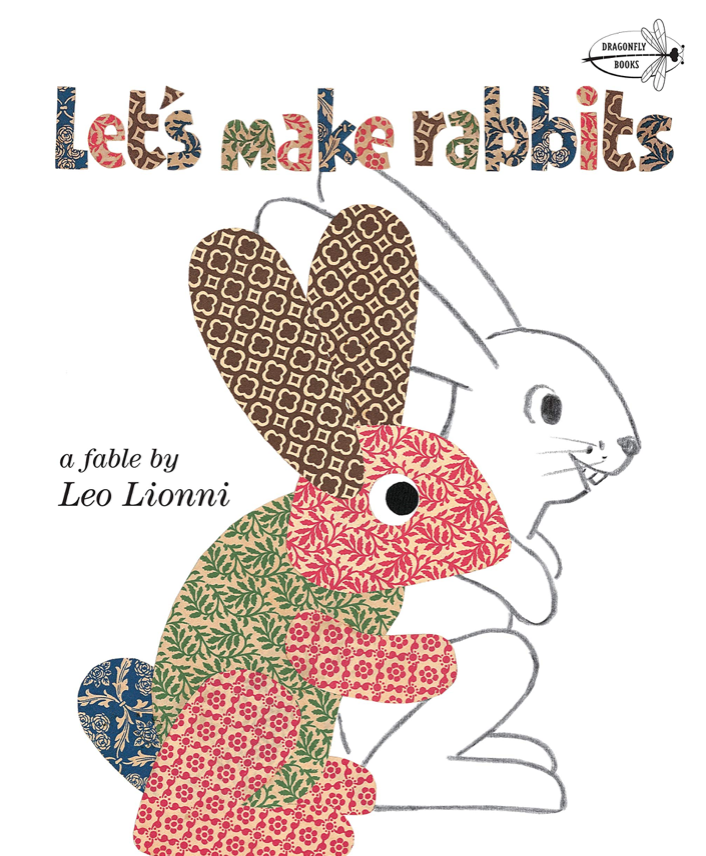Let’s Make Rabbits
Book Module Navigation
Summary
Let’s Make Rabbits asks complex questions about the nature of reality as contrasted with artistic representations.
The scissors say, “Let’s make rabbits,” to the pencil. Suddenly, two rabbits appear, one cut out of paper and the other one drawn with pencil. When the rabbits get hungry, the scissors cuts out a picture of a carrot, and the pencil draws a carrot so they can eat. Then one day, the rabbits find a real carrot, eat it, and become real.
Read aloud video by AHEV Library
Guidelines for Philosophical Discussion
Let’s Make Rabbits is a simple and charming children’s book with a delightful ending from Caldecott Award winning author Leo Lionni. The story asks some interesting philosophical questions about the nature of reality and what being alive means. These are topics about which there has been a great deal of philosophical disagreement, so they are sure to provoke intense discussion among young children.
The story raises questions about the nature of reality. In the book there is a realistically drawn picture of a carrot, but it is still only a picture–not a real carrot. What distinguishes the illustration of the “real” carrot from an actual carrot? More generally, what is it that makes something real? In the book the pictured rabbits suddenly have shadows of their own after eating the realistically drawn carrot. Does having a shadow make something real as the rabbits suggest? Questions like these about the nature of reality are designed to prompt children to engage in inquisitive conversations about what actually determines whether or not something is real.
Finally, Let’s Make Rabbits raises the issue about what is required for something to be alive. Does something have to be able to talk, move, eat, and sleep to be alive? Do things have to have minds to be alive? We know that plants and trees are alive, but they don’t move. Potatoes don’t seem to be alive, but then they sprout! What properties must something have in order to count as being alive? These are questions that still cause genuine puzzlement. Let’s Make Rabbits is a great book for children of all ages to enjoy, and it opens up the opportunity for anyone to initiate and engage in philosophical discussions about some basic metaphysical questions.
Questions for Philosophical Discussion
- What does it mean to be a real rabbit?
- If something isn’t “real”, what is it?
- If it’s not real, how can we be talking about it right now?
- What are the differences between real and not real?
- In the story, how do they know that the carrot is real?
- Does the shadow make it real?
- Do all things have shadows?
- Are the scissors and pencil real?
- Are there any not-real things that have a shadow?
- If the rabbits aren’t real at the beginning of the story, how can they eat the real carrot?
- How can they be hungry?
Show a real carrot on a piece of white paper, beside the illustration of the “real” carrot.
- What is different about the carrot?
- What is the same?
- Which carrots are real?
- How can you tell?
Even before they eat the “real” carrot and get shadows, the scissors and the pencil bunnies talk, move, sleep, and eat.
- Are they alive?
- What does it mean to be alive?
- How can you tell if something is alive?
- Does it have to talk, move, eat and sleep?
- Can you tell me some things that are alive? (On chart paper make two columns, headed “alive” and “not alive”. Go around the circle, using the list below, asking each student to say whether the thing you have told them is alive and give a reason for their thinking. Note the student name and write the item in the correct column, along with their reason. If you have another adult available, have one adult be the writer to keep the pace moving along. Other students may have different opinions which they can add along with their reasons.)
Some examples you could use to categorize:
- a rock rolling down the hill
- a rock buried in the dirt
- the sun
- a sea turtle egg buried in the sand
- a truck
- a flower in a vase
- a flower growing in the ground
- the moon
- a chair
- a blanket
- an apple on a tree
- an apple on the ground
- an apple on a table
- sadness
- a bulldozer
- milk
- a chicken egg
- a bird flying
- a bird standing on the ground
- the wind
- a stream of water
- a light that is on
- water running in a sink
Original questions Claudia Catalano, Katie D’Ambly, and Rebecca Bailey. Original guidelines for philosophical discussion by Nancy Soudant. The original module is archived here. Edited June 2020 by The Janet Prindle Institute for Ethics.
Find tips for leading a philosophical discussion on our Resources page.






